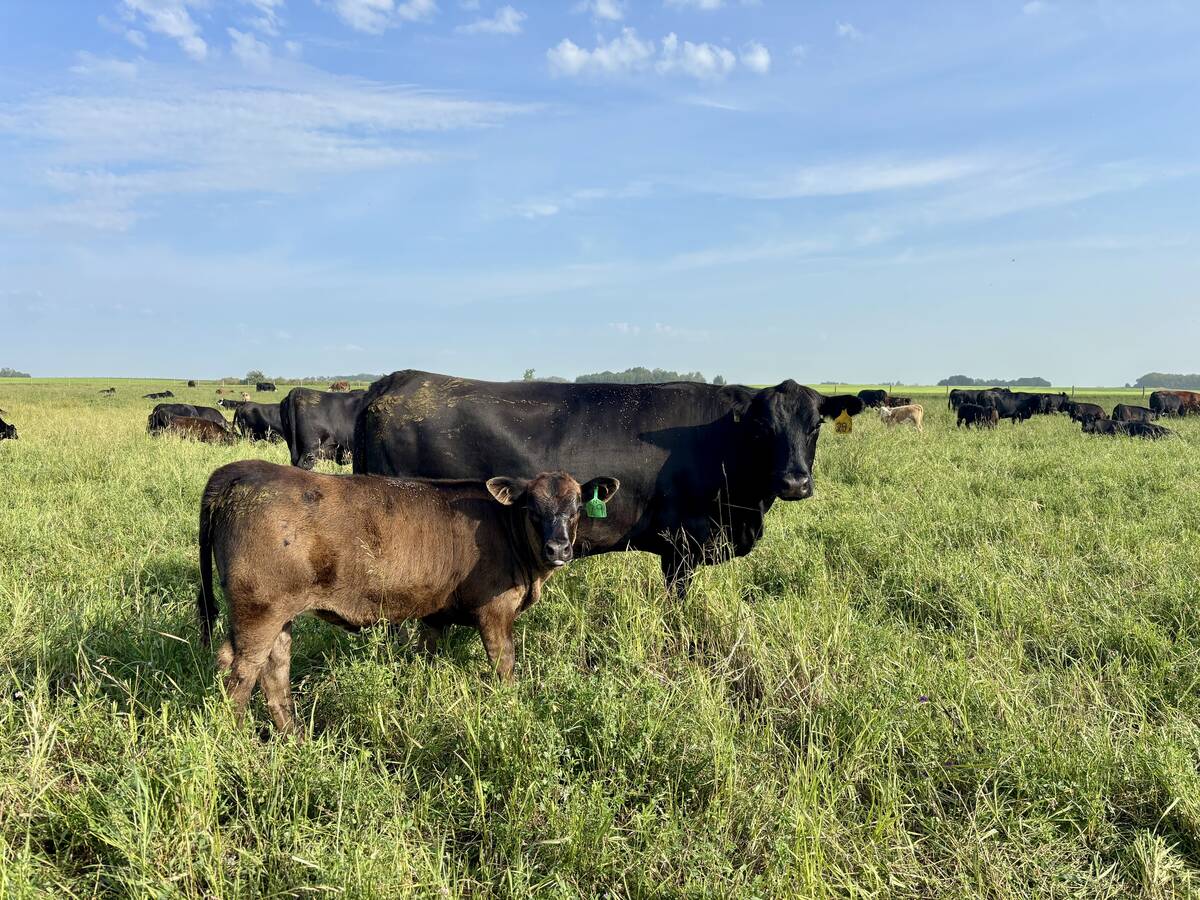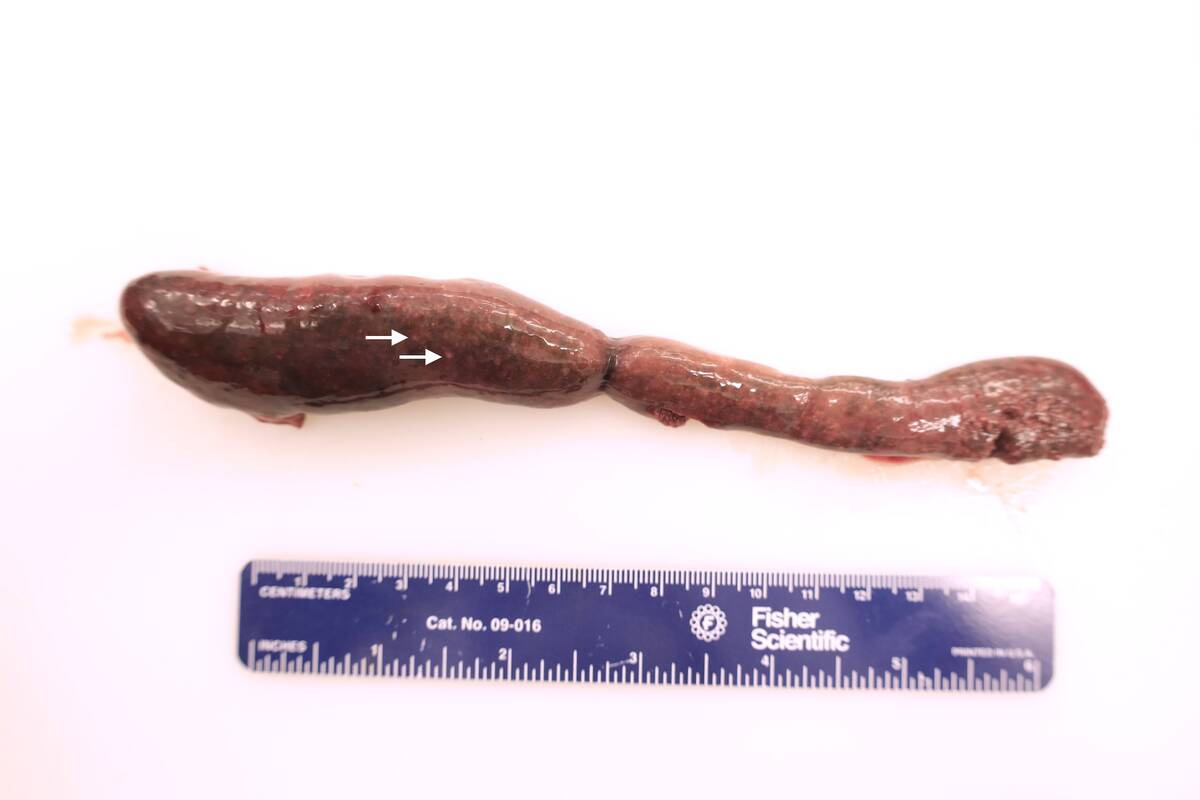Just the other day, I received three dead beavers for diagnostic investigation at the University of Calgary. They were from a group of eight beavers found floating dead in a pond in southern Alberta.
I considered a short list of diseases that cause multiple animals to die in an outbreak scenario. While I had my suspicions of the cause, it wasn’t until I opened their bellies to examine the organs that I knew the most likely one.
What I found were severely enlarged spleens. The liver and spleen also had multiple, pinpoint areas that were discoloured, indicating tissue death, a process we pathologists call necrosis.
Read Also

Preg-checking season is the perfect time to re-evaluate your beef cows’ nutrition
A look at three critical minerals that are often deficient in Canadian beef cow herds
The changes point to a deadly infection called tularemia, caused by the bacterial pathogen Francisella tularensis. Another name for this disease is rabbit fever.
Molecular tests confirmed the infection.
This is one of the deadliest bacterial diseases known to science, right up there with anthrax and plague. In animals, it causes severe, fatal bloodstream infections. That was what happened with this trio of beavers.

The pathogen can survive for months in the environment, including wetlands, and is spread through direct contact or inhalation from these sources.
Ticks and flies are also effective transmitters. Tick distribution will continue to expand north with the progression of climate change, possibly leading to more favourable conditions for tick survival on the Prairies and with it, more tick-borne diseases such as tularemia.
The causative bacteria circulate in the Northern Hemisphere. Countries such as Canada, the United States, Russia and those in Eastern Europe and Scandinavia all report sporadic cases, mainly in rodents, rabbits and hares.
I wanted to share these cases to emphasize that tularemia is still a risk on the Prairies. Here in Western Canada, commonly infected wild rodents include beavers, muskrats and squirrels. It also occurs in hares (jackrabbits) and rabbits.
Although most cases occur in wildlife, domestic animals and people are at risk because the causative microbe can infect a wide range of species.
In domestic animals, it is mainly a concern for cats and dogs. Infections have been described in horses and sheep.
Dogs and cats may prey upon or pick up infected small critters and acquire the infection that way. And of course, sick wildlife are easier prey for these little carnivores.
In 2001, Dr. Ted Leighton and colleagues at the University of Saskatchewan tested the blood of farm dogs and cats in southeastern Alberta and southwestern Saskatchewan for antibodies to tularemia. He found evidence of exposure in nine per cent of the 482 dogs and cats tested.
The microbe can also spread from animals to people, called zoonotic spread.
Most cases in people are the result of tick bites or direct contact with an infected animal. Hunters and trappers are at particular risk, especially if they eat infected animals. Farmers, veterinarians and individuals engaged in outdoor activities in nature are also at risk.
The other thing to know about tularemia is that it is a potential bioterrorism agent. This means nefarious groups may try to weaponize this pathogen, releasing it into the air where people may inhale it. Studies suggest that as few as 10 individual bacteria are all that it takes to cause an infection in people.
While such a release would be incredibly serious, so would the fear of release if it was threatened.
Infected animals have trouble breathing, may vomit or have diarrhea, develop large lymph nodes and have a fever. The clinical course can be very quick, and animals may be found dead. While it does cause very serious infections, common antimicrobial medications are effective against it, especially if treatment is started early in the course of the disease.
With hunting and trapping season soon upon us, remember to use caution, especially handling wild rodents, jackrabbits or hares.
Vets should consider it a rare but possible diagnosis for sick farm cats and dogs, especially if they have contact with beavers, muskrats, other rodents and hares.
Tick control for pets and sheep may also help limit spread.
This dark, deadly microbe remains out there, posing a real risk to certain groups.















